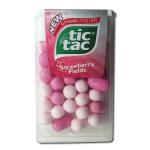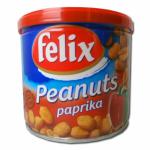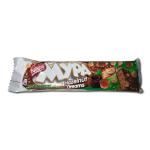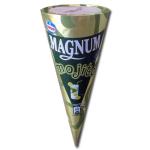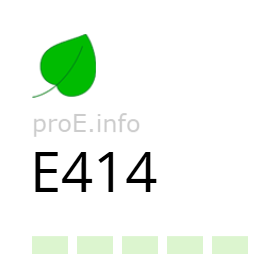
Other names for the additive (synonyms)
General Information
Food additive E414 (Gum arabic) is a soluble gum obtained from trees of certain Acacia species (Senegalia senegal, Vachellia seyal) found in India, Africa, and Australia. For this reason, the additive is often referred to as acacia gum.
The largest global suppliers of gum arabic are Sudan, Chad, and Nigeria. Sometimes it is also produced from the tree sap of apricot or plum. The resin is scraped from the bark and ground into a white powder.
Visually, additive E414 is a hard, transparent mass, sometimes with a whitish hue. Chemically, gum arabic is a complex mixture of glycoproteins and polysaccharides.
Gum arabic is molecularly elastic: it disperses fat particles easily, retains moisture well, and can regulate the freezing point. In the food industry, it is most commonly used as an emulsifier, stabiliser, or glazing agent.
Effects on the Body
Benefits of additive E414
As a natural plant-derived additive, gum arabic may have beneficial effects on human health.
Additive E414 has been shown to positively affect cardiovascular risk factors, support digestion, and reduce blood sugar levels in people with metabolic syndrome.
A randomised clinical study in women showed that gum arabic significantly reduced BMI and body fat percentage.
A 2024 research review found that gum arabic has antioxidant and anti-inflammatory properties and improves kidney function markers in animal studies.
Risks of additive E414
According to a scientific opinion by the Panel on Food Additives and Nutrient Sources added to Food (ANS), there is no need to set a numerical ADI for acacia gum (E414). The panel also concluded that the use of gum arabic as a food additive does not raise safety concerns.
Acacia gum is not absorbed unchanged in the human body and is partially fermented by gut microbiota. In subchronic toxicity and carcinogenicity studies, even at high doses, no adverse effects were observed. It also does not raise concerns regarding genotoxicity.
At high intakes, sensitive individuals may experience bloating, flatulence, or nausea. Rarely, skin or respiratory allergic reactions may occur.
Uses
In the food industry, additive E414 is used as a texturiser, emulsifier, film-forming agent, anti-foaming agent, and stabiliser of emulsions.
Gum arabic dissolves well even in cold water, forming a sticky, mildly acidic solution. Because of this property, it was long used in industry to make adhesives. However, with advances in polymer research and development, its use in this area has declined.
When boiled, E414 solutions produce various sugar-like substances, making gum arabic a common ingredient in food production today.
In the confectionery and bakery industries, additive E414 prevents crystallisation, lump formation, and foaming while preserving the taste of the final product (e.g., cookies, candies, pastilles, glazes, etc.).
In the dairy industry, emulsifier E414 is used in yoghurts, ice cream, creams, and whipped toppings. It increases the product’s volume and helps form a stable emulsion.
Gum arabic is also used as an emulsifier in the production of carbonated alcoholic and non-alcoholic beverages.
Other uses of gum arabic include:
- pharmaceuticals, including pain relief formulations and other medications;
- ink manufacturing;
- as a component in fabric dyeing and leather processing;
- ceramics production;
- fine art, where it serves as a binder for dry pigments (second only to egg yolk in quality).
Legal Status
Additive E414 is considered safe and is approved for use in Ukraine, the EU, the USA, Canada, and many other countries.
